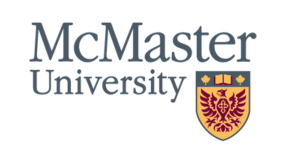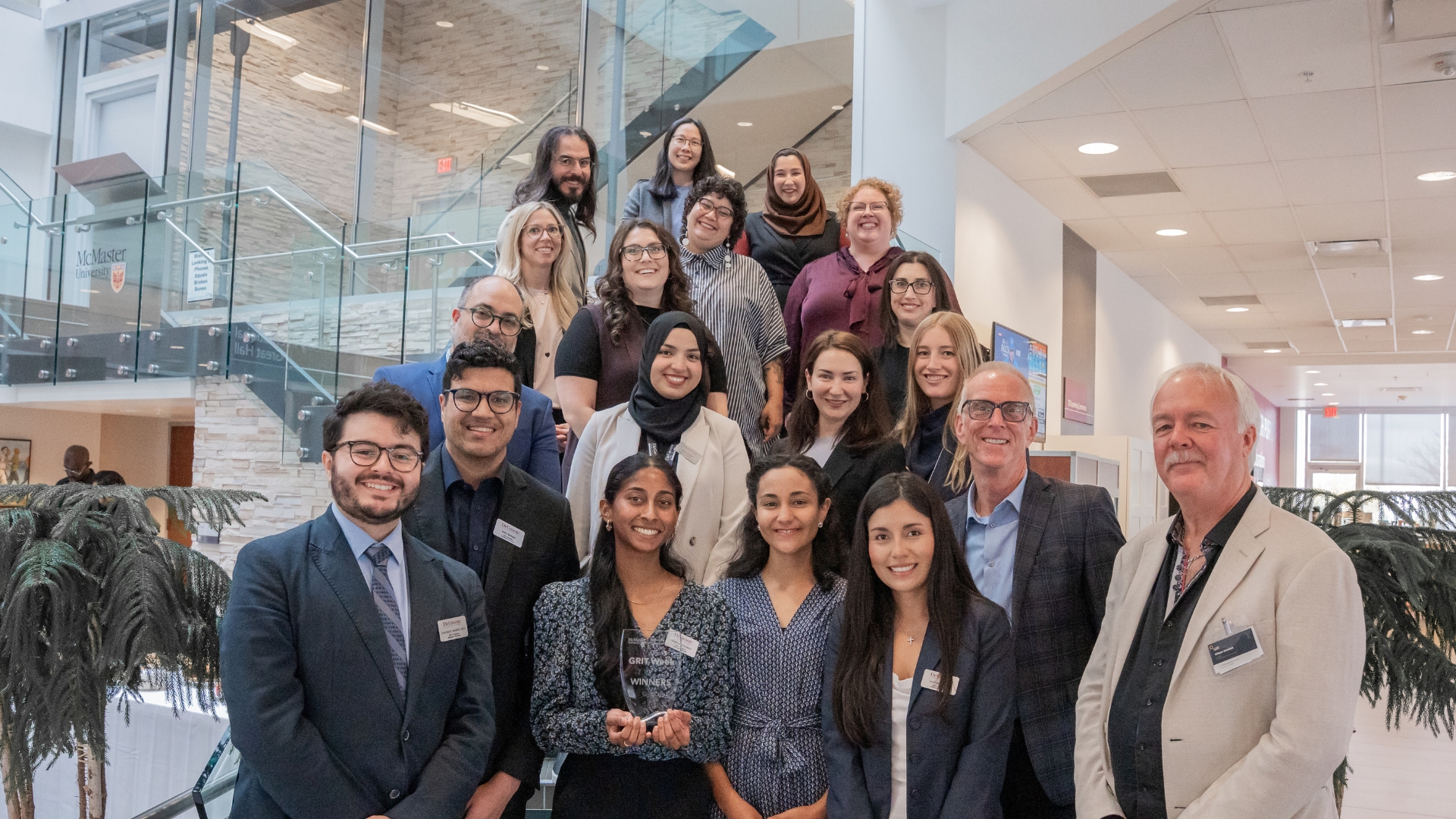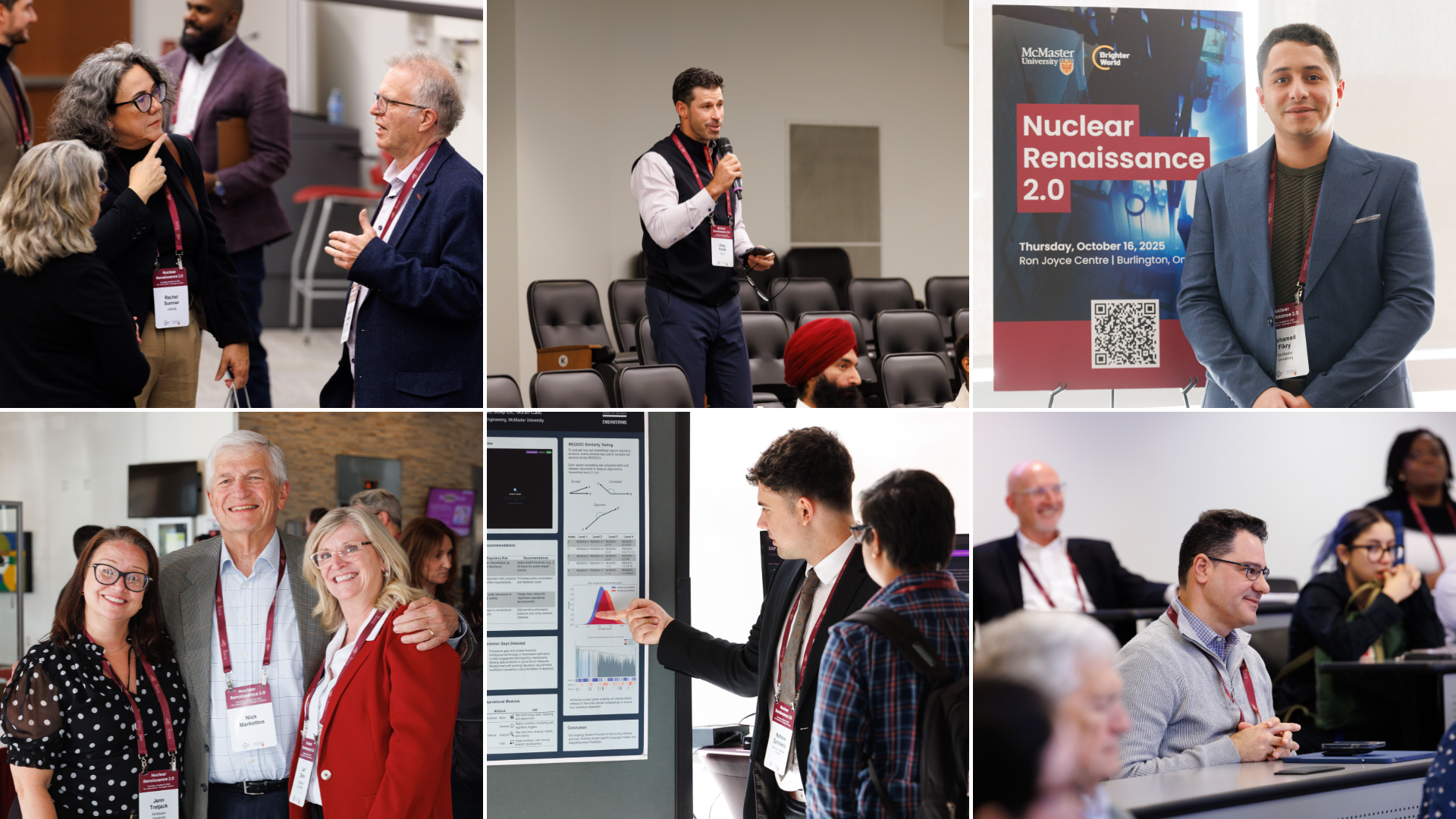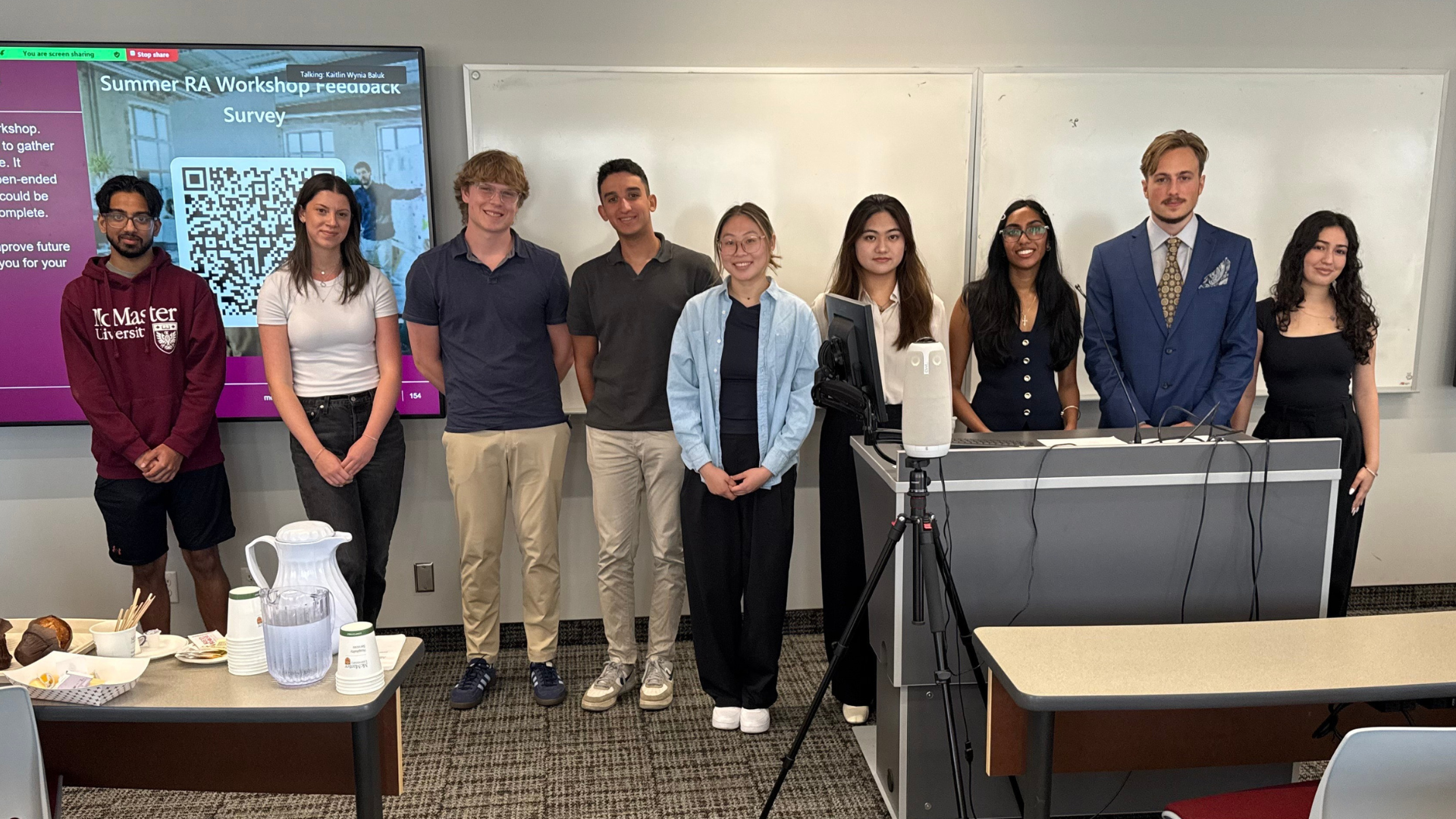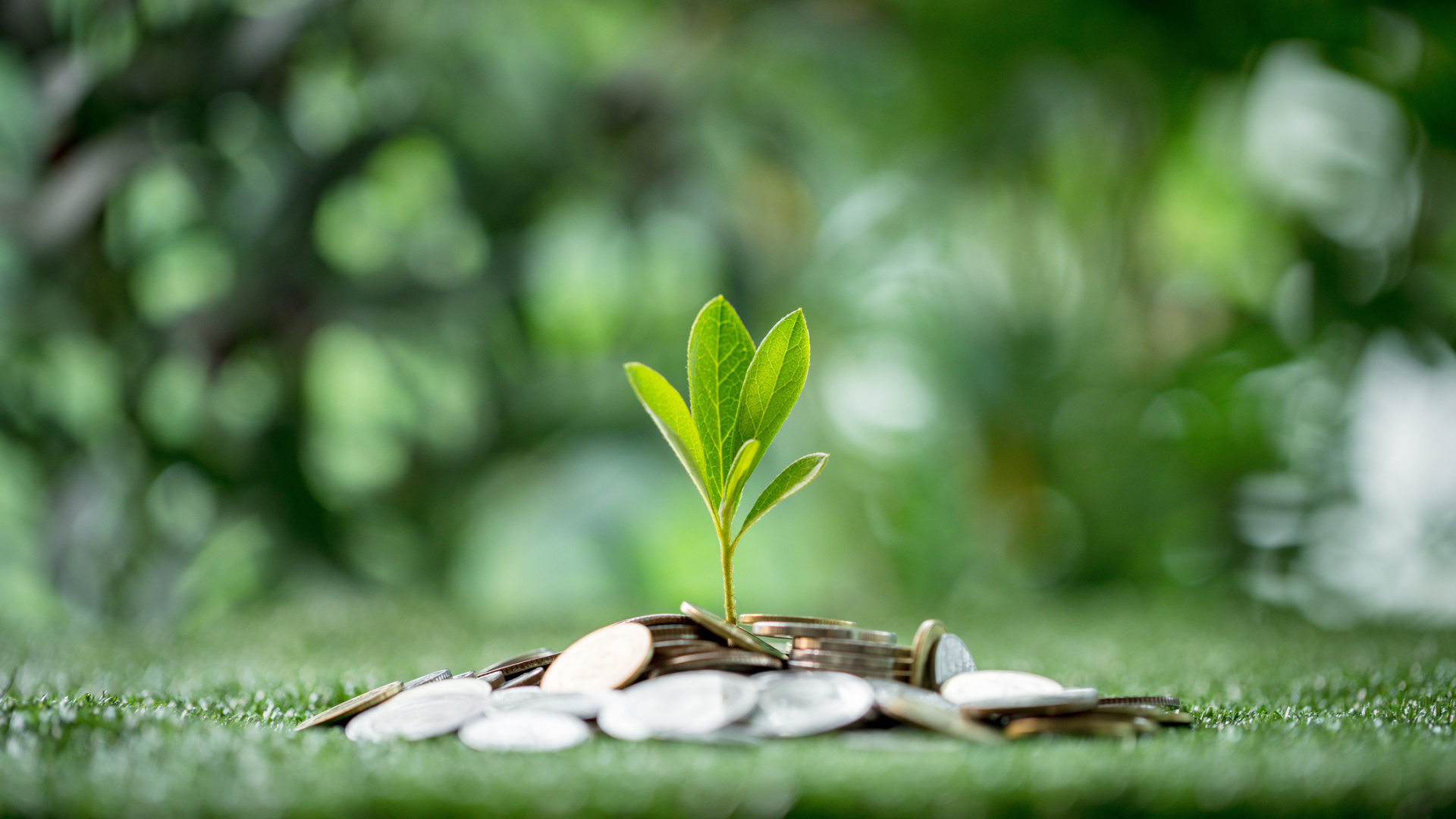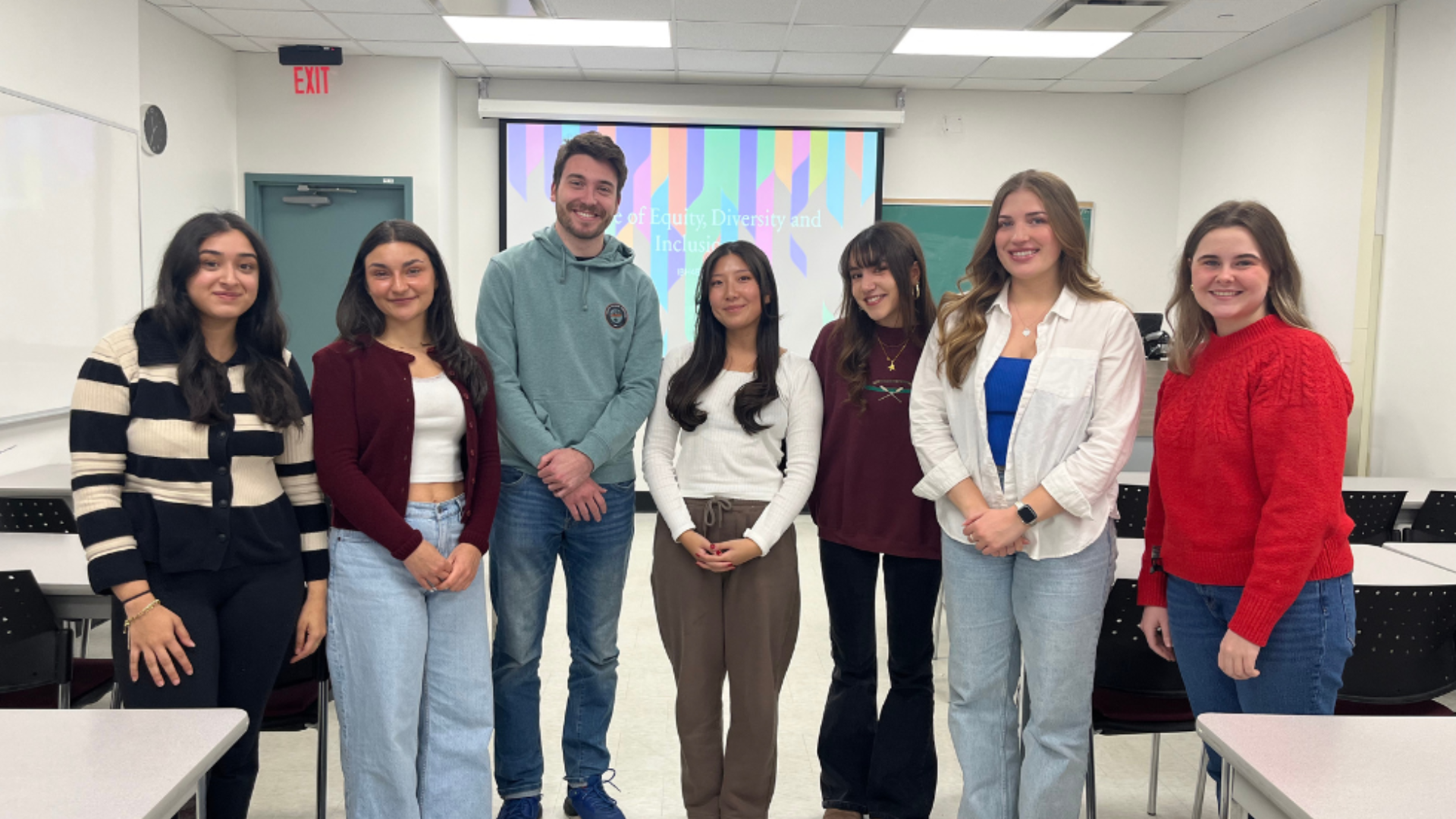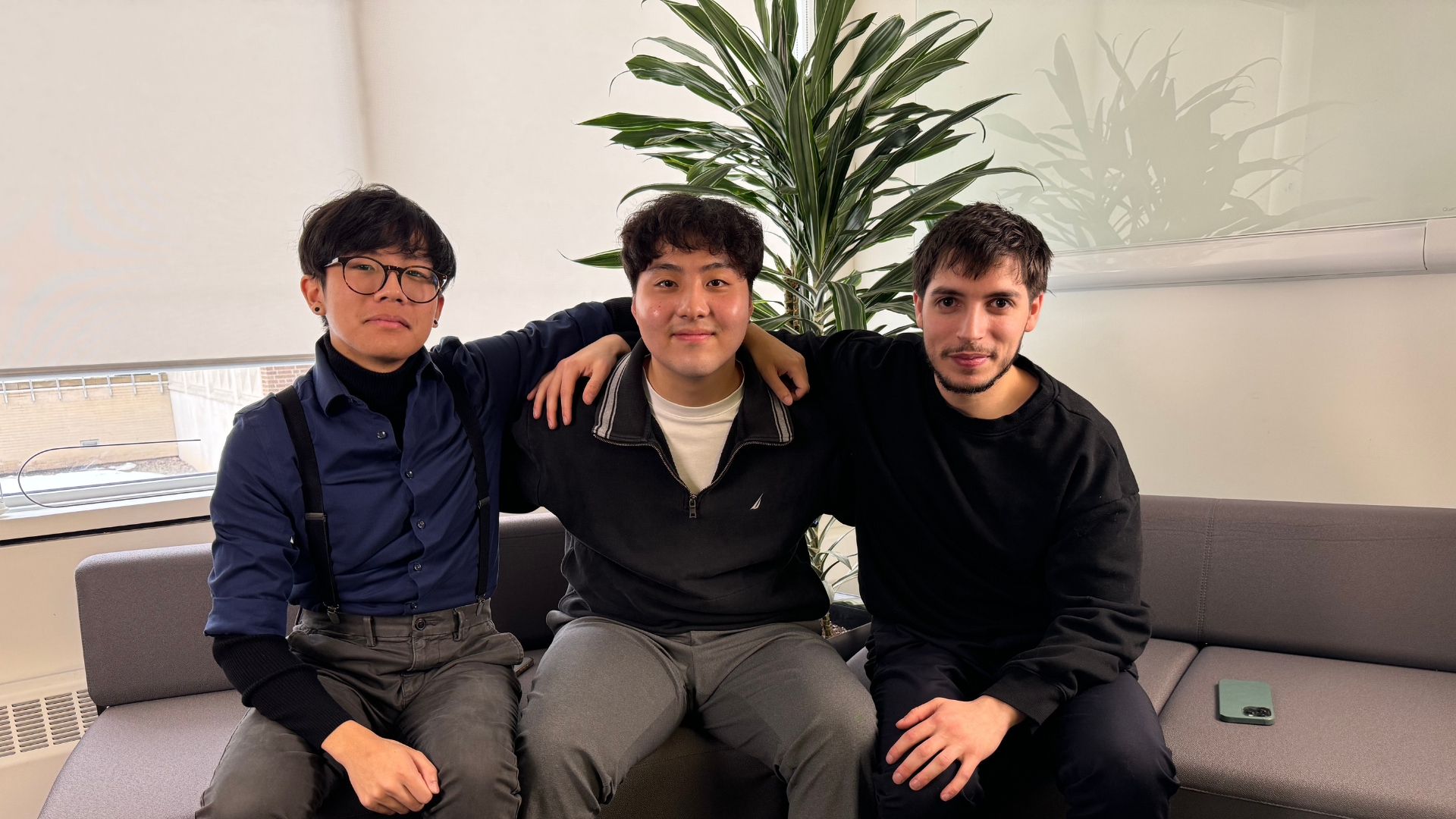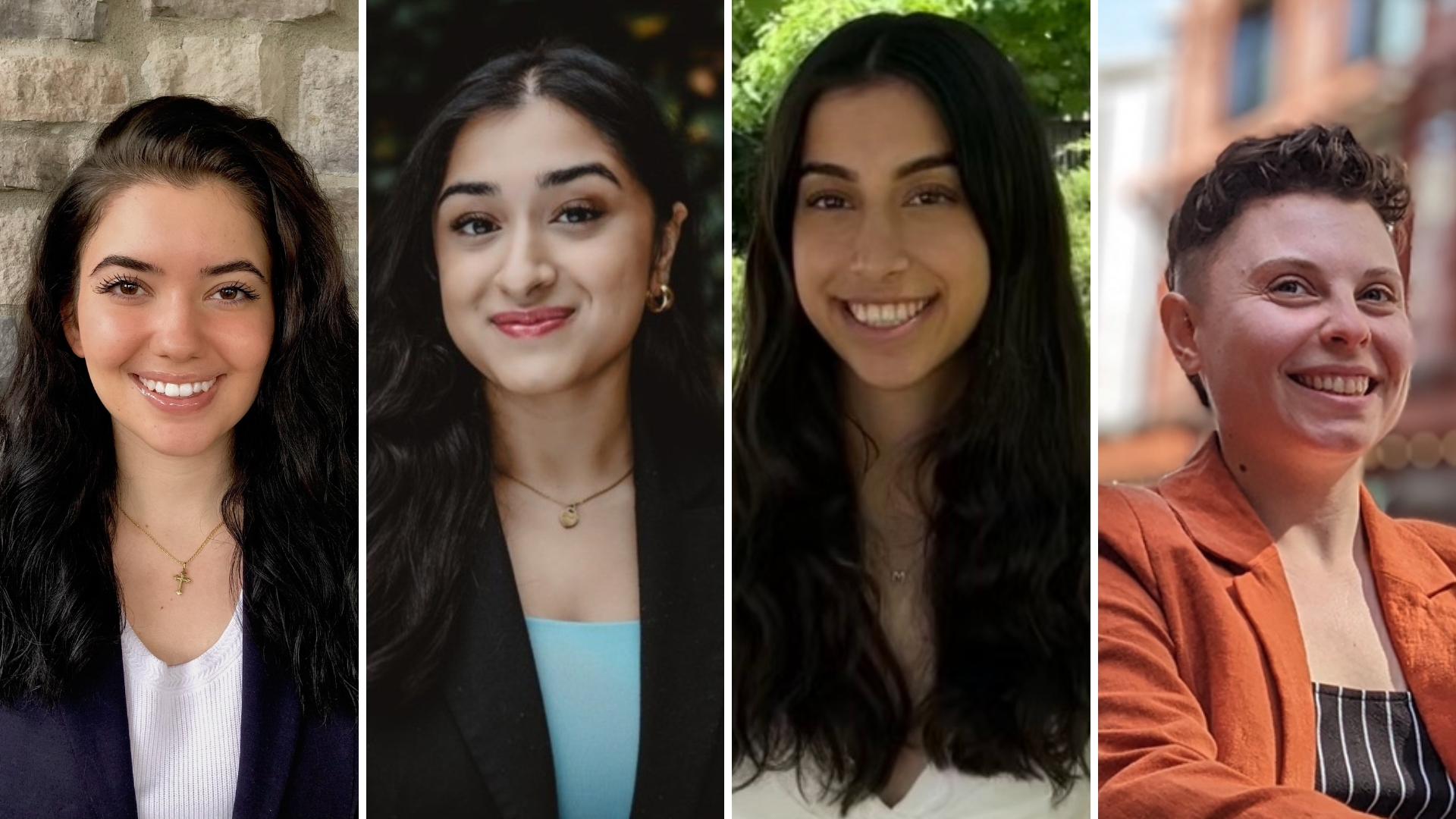STRATEGIC PLAN | ENGAGING COMMUNITIES STRATEGIC PLAN | TEACHING AND LEARNING STUDENT
Planting Sustainability: Commerce Greensuits Help Restore McMaster Biodiversity
June 5, 2024 ·
Contributed by: Natalie Plechinger, Communications Assistant
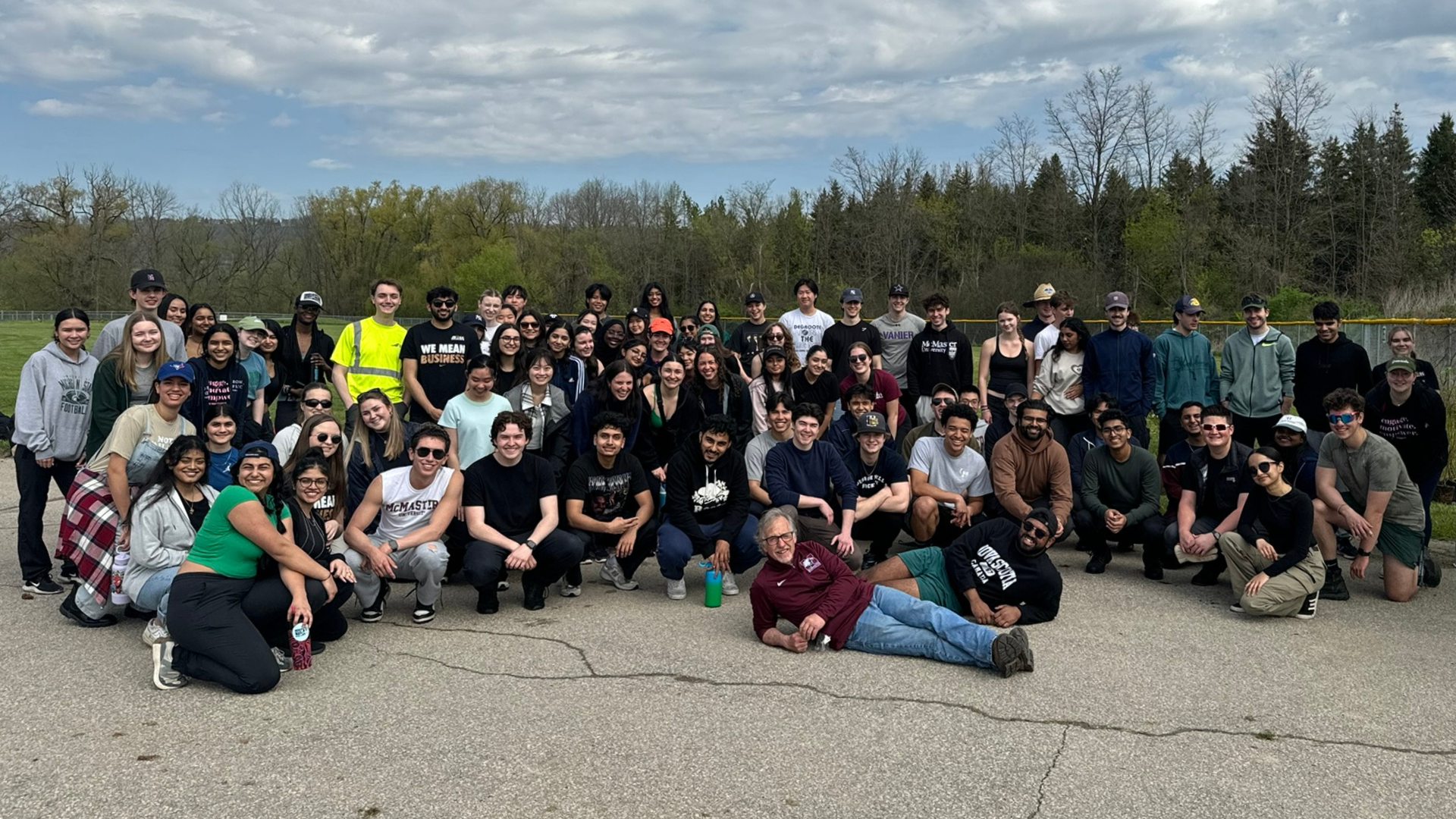
On May 4, more than a hundred Commerce Greensuits students came together to give back to the campus’ environment.
Along Cootes Drive on the lower campus, the Greensuits worked in collaboration with Nature at McMaster, for the second consecutive year, to remove invasive species while planting native ones. This marsh region is part of the Ancaster Creek sub watershed, which is a key tributary of the Dundas Valley that feeds into Cootes Paradise, Hamilton Harbour, and Lake Ontario.
“There are a lot of invasive species that have taken over this area in the past 50 years,” says Wayne Terryberry, Coordinator of Outdoor Recreation and Natural Lands at McMaster University. “We’ve been working on pulling out the invasive species that compete against the native species, to try and restore the natural environment.”
Due to urbanization of this area, and the subsequent landscape changes over the past few decades, the amphibian population has been experiencing a steady decline. “The goal is to restore this area back to its natural ecosystem before it had been abandoned, by creating a vernal pond for amphibians and natural forest ecosystem,” explains Terryberry. Amphibians such as snapping and Blanding’s turtles, native to the Cootes area, are facing a national population threat.

Terryberry believes that by helping restore this area’s environment, the university community will be able to use it as both a teaching space and a recreational hiking spot. Students will be given the opportunity to learn about the species in this environment through workshops.
“The students’ involvement is vital to this project; without their support we would never be able to accomplish this,” says Terryberry.
“We’re doing this for the students now and the future. They’ll be able to benefit from the education, passive recreation, and research opportunities that this space will provide, and it’s wonderful to have the Greensuits help in this.”
The Greensuits participants acknowledge the importance of their efforts to restore and sustain this ecosystem.
“As students of McMaster, we’re able to enjoy the campus’ environment because of the efforts contributed by those who came before us,” says Andrew Yang, Greensuits First Year Experience Coordinator, and Integrated Business and Humanities (IBH) Level III student. “It’s important for us to continue paying that forward for the future generation of students who will be able to use this space.”

Why is it important for you to contribute to sustainability efforts?
“In IBH, it’s a core pillar of what we do; learning things in the classroom, and then doing it in practice is incredible. You can learn as much as you want, but to be effective in what you do, you have to go out and apply it,” says Zara Kanga, Greensuits Brand Strategist, and Integrated Business and Humanities Level III Internship student.
“It’s really important to put things into action because actions speak louder than words, and being able to implement what we learn by helping is crucial,” explains Ben Villamere, Greensuits Human Capital Strategist, and Commerce Level III Internship student.
“Participating in this is a great opportunity for the Greensuits to grow as a team and have fun while also helping a good cause and giving back to the campus.”
Terryberry looks forward to seeing how the students’ restoration efforts will continue to grow for years to come.
“You won’t be able to recognize this area in the future, everything that we’re working on now will flourish. This area will become a healthy ecosystem that is restored to its natural environment and full of tress, marsh, and a pond.”
To learn more about the natural areas around McMaster and how you can help, please visit Nature at McMaster.
